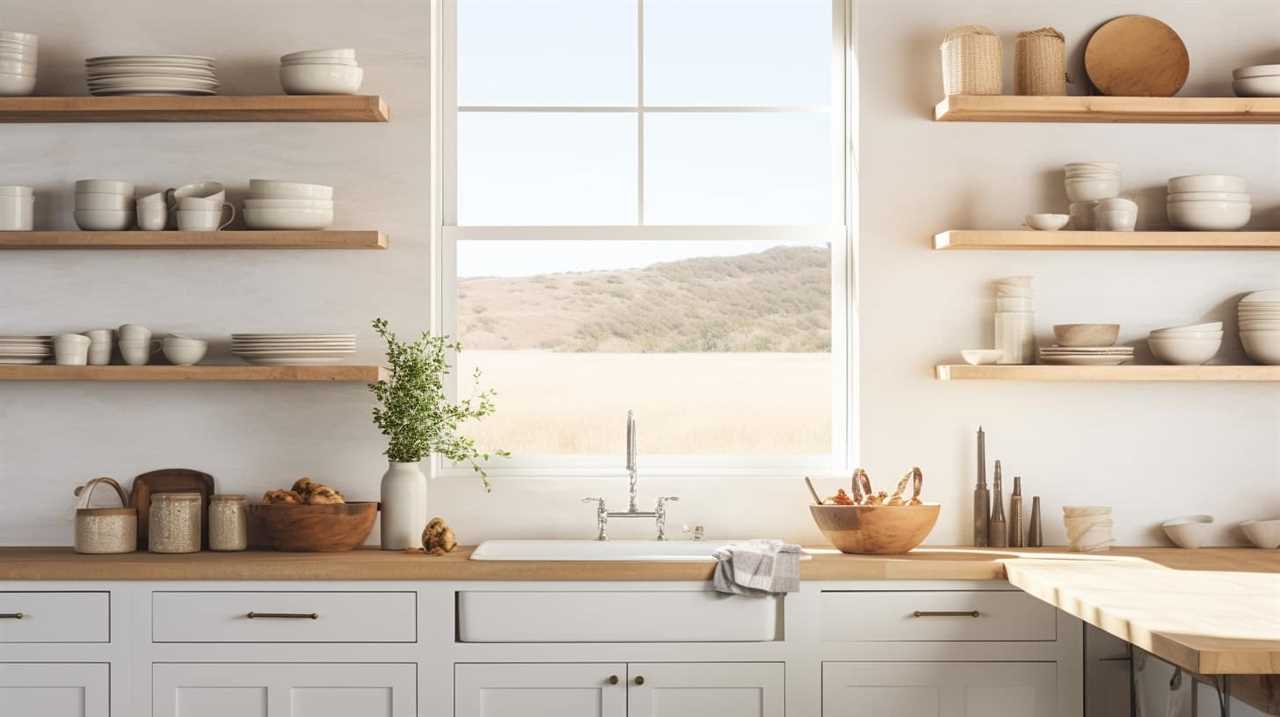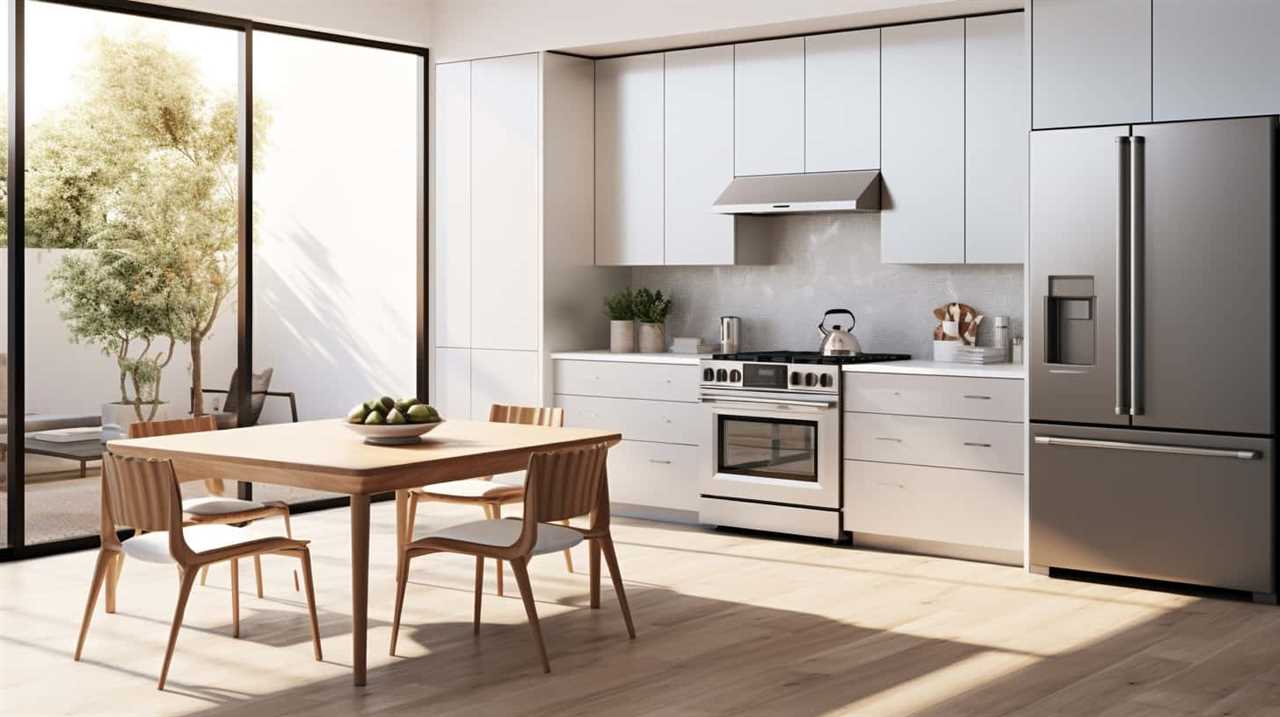Sleep apnea is a widespread but severe sleep disorder that impacts millions of people globally. It is marked by interruptions in breathing or shallow breaths while asleep, causing disturbances in sleep cycles and possible health issues.
Fortunately, oral appliances have emerged as an effective treatment option for managing sleep apnea. These devices work by repositioning the jaw, tongue, or palate to maintain an open airway during sleep. However, with several types of oral appliances available, choosing the most suitable one can be challenging.
This article aims to provide insight into the different types of oral appliances, considerations for selection, and success stories from patients who have benefited from their use. By understanding the options available, individuals can make informed decisions to effectively manage their sleep apnea and improve their overall quality of life.
Key Takeaways
- Custom-made oral appliances have higher patient satisfaction rates and are more likely to be consistently used compared to generic appliances.
- Mandibular advancement devices move the lower jaw forward to maintain an open airway during sleep, while tongue retaining devices prevent tongue obstruction by holding the tongue in a forward position.
- Combination oral appliances can include features of both mandibular advancement and tongue-retaining devices.
- Custom-made oral appliances are generally more effective in reducing sleep apnea symptoms compared to over-the-counter options, and they have shown sustained effectiveness over several years.
Types of Oral Appliances
There are several types of oral appliances available for the treatment of sleep apnea. When considering oral appliances, patients have the option of choosing between custom-made and generic options.

Custom-made appliances are individually crafted to fit the patient’s mouth, ensuring optimal comfort and effectiveness. On the other hand, generic appliances are pre-fabricated and may not provide the same level of customization.
Patient satisfaction and compliance are crucial factors to consider when selecting an oral appliance. Studies have shown that custom-made appliances tend to have higher patient satisfaction rates compared to generic options. This is likely due to the personalized fit and enhanced comfort they offer. Additionally, custom-made appliances are more likely to be used consistently, leading to improved treatment outcomes.
Transitioning into the subsequent section about mandibular advancement devices, it is important to note that this type of oral appliance falls under the category of custom-made options. Mandibular advancement devices are designed to gently move the lower jaw forward, helping to keep the airway open during sleep.
Mandibular Advancement Devices
Mandibular advancement devices, a type of custom-made oral appliance, are designed to gently move the lower jaw forward, maintaining an open airway during sleep. These devices are commonly used in the treatment of obstructive sleep apnea (OSA), a type of sleep apnea characterized by partial or complete blockage of the airway during sleep.

There are various types of sleep apnea, including OSA, central sleep apnea (CSA), and complex sleep apnea syndrome (CompSAS). Mandibular advancement devices have shown to be particularly effective in treating mild to moderate cases of OSA.
Numerous studies have demonstrated the effectiveness of mandibular advancement devices in improving sleep apnea symptoms and reducing the frequency and severity of apnea episodes. These devices work by repositioning the lower jaw, tongue, and soft tissues, thus preventing airway collapse and promoting uninterrupted breathing during sleep.
It is important to note that the effectiveness of mandibular advancement devices may vary depending on the individual and the severity of their sleep apnea. Therefore, it is crucial to consult with a healthcare professional who specializes in sleep medicine to determine the most suitable treatment option.
Tongue Retaining Devices
Tongue retaining devices offer an alternative approach in the treatment of obstructive sleep apnea, aiming to address the underlying issue of tongue obstruction during sleep. These devices work by holding the tongue in a forward position, preventing it from blocking the airway and reducing the episodes of apnea.

Tongue retaining devices are typically custom-made to fit the individual’s mouth and are made from soft, flexible materials for comfort. While mandibular advancement devices are more commonly prescribed, tongue retaining devices can be considered as alternative treatment options for patients who are unable to tolerate or benefit from mandibular advancement devices.
Although success stories with tongue retaining devices are not as widely reported, some individuals have experienced significant improvements in their sleep apnea symptoms with the use of these devices. Further research is needed to determine the effectiveness and long-term outcomes of tongue retaining devices in the management of sleep apnea.
Palatal Lifting Devices
One potential option for the treatment of obstructive sleep apnea is the use of a palatal lifting device. Palatal lifting devices are oral appliances that aim to lift and stabilize the soft palate, preventing it from collapsing and blocking the airway during sleep. These devices are considered alternative treatments for sleep apnea and are typically prescribed when other treatment options have failed or are not well-tolerated by the patient.
Palatal lifting devices work by repositioning the soft palate, allowing for improved airflow and reducing the occurrence of apnea episodes. Several studies have investigated the effectiveness of these devices in the treatment of sleep apnea, with mixed results. Some studies have shown that palatal lifting devices can effectively reduce the severity of sleep apnea and improve patient satisfaction. However, more research is needed to determine the long-term effectiveness and patient acceptance of these devices.
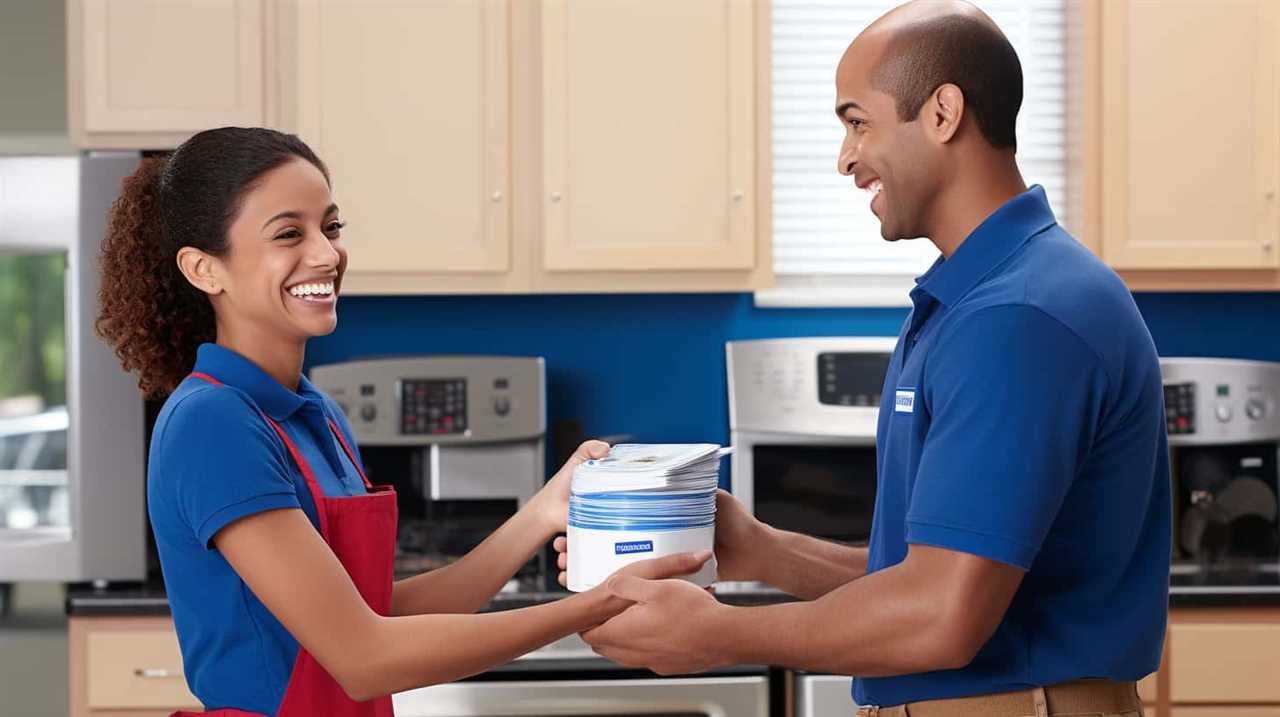
Combination Oral Appliances
Combination oral appliances, such as those incorporating both mandibular advancement and tongue stabilization mechanisms, have emerged as a potential treatment option for sleep apnea. These devices aim to address the multifactorial nature of the condition by simultaneously advancing the mandible and stabilizing the tongue to optimize airflow during sleep. Studies evaluating the effectiveness of combination therapy have shown promising results.
In a systematic review and meta-analysis, it was found that combination oral appliances led to significant improvements in sleep apnea symptoms, including reduced apnea-hypopnea index and improved oxygen saturation levels. Additionally, patients reported improved quality of life and reduced daytime sleepiness. However, further research is needed to determine the long-term effectiveness and potential side effects of these devices.
Transitioning into the subsequent section about ‘custom-made vs. over-the-counter options’, it is important to consider individual patient needs and preferences when selecting the most suitable oral appliance for sleep apnea treatment.
Custom-Made Vs. Over-The-Counter Options
When considering oral appliances for the treatment of sleep apnea, it is important to explore the differences between custom-made options and over-the-counter (OTC) alternatives.

Custom-made appliances are designed specifically for each individual, ensuring a precise fit and optimal effectiveness. While they may be more expensive, studies have shown that custom-made appliances are generally more effective in reducing sleep apnea symptoms compared to OTC options.
On the other hand, OTC appliances are more affordable and readily available, but their efficacy may vary depending on the individual’s specific needs and the severity of their sleep apnea.
Efficacy of Custom-Made
Custom-made oral appliances have been shown to be more effective in treating sleep apnea compared to over-the-counter options. When it comes to the efficacy of prefabricated oral appliances, research suggests that they may not provide the same level of effectiveness as custom-made ones. Here are four reasons why custom-made oral appliances are considered more effective:
- Personalized fit: Custom-made oral appliances are tailored to the individual’s specific mouth structure, ensuring a secure and comfortable fit. This customized fit allows for better treatment outcomes.
- Adjustable features: Custom-made appliances often have adjustable features that allow for precise positioning and calibration, optimizing their effectiveness in managing sleep apnea.
- Enhanced durability: Custom-made oral appliances are typically constructed with higher quality materials and craftsmanship, resulting in increased durability and longevity.
- Individualized treatment: Custom-made oral appliances are designed based on a thorough evaluation of the patient’s sleep apnea condition and specific needs. This individualized approach results in a more targeted and effective treatment.
Considering the superior efficacy of custom-made oral appliances, it is essential to weigh this factor when making a decision about sleep apnea treatment options.

Now, let’s explore the next subtopic: the cost of over-the-counter options.
Cost of OTC Options
The cost of over-the-counter options for treating sleep apnea compared to custom-made oral appliances is an important factor to consider in evaluating the effectiveness and affordability of different treatment options.
Over-the-counter (OTC) oral appliances are readily available without a prescription and can be purchased directly from retailers or online. They are generally more affordable compared to custom-made appliances, which require a dentist or a sleep specialist to take impressions and create a personalized device.
However, it is crucial to consider the cost-effectiveness of OTC options in the long run. While they may be cheaper upfront, their effectiveness and durability may vary.

Custom-made appliances, on the other hand, are specifically designed to fit the individual’s mouth, ensuring optimal effectiveness and comfort.
It is advisable to consult with a healthcare professional to determine the most cost-effective solution for treating sleep apnea.
Effectiveness of Oral Appliances for Sleep Apnea
Numerous studies have demonstrated the effectiveness of oral appliances in the treatment of sleep apnea. These appliances, also known as mandibular advancement devices (MADs), are designed to reposition the jaw and tongue to keep the airway open during sleep.
Here are four key points highlighting the effectiveness of oral appliances:

- Improvement in sleep apnea symptoms: Oral appliances have been shown to significantly reduce the frequency and severity of sleep apnea events, leading to improved sleep quality and daytime functioning.
- Comparable efficacy to continuous positive airway pressure (CPAP): In mild to moderate cases of sleep apnea, oral appliances have been found to be equally effective as CPAP therapy, the standard treatment for sleep apnea.
- High patient compliance and satisfaction: Unlike CPAP, which requires the use of a mask and machine, oral appliances are comfortable, non-invasive, and more convenient to use, resulting in higher patient acceptance and compliance.
- Potential for long-term use: Oral appliances are a viable long-term treatment option, with studies showing sustained effectiveness over several years.
When considering treatment options for sleep apnea, oral appliances offer a promising alternative that is effective, well-tolerated, and patient-friendly.
Side Effects and Potential Risks
When considering oral appliances for sleep apnea, it is important to be aware of the potential side effects and risks. Common side effects may include dry mouth, jaw discomfort, and excessive salivation.
Additionally, there are long-term health risks associated with the prolonged use of oral appliances, such as tooth movement and changes in bite alignment.
It is crucial to discuss these potential risks with a healthcare professional and explore alternative treatment options if necessary.

Common Side Effects
Common side effects of oral appliances used for sleep apnea treatment include discomfort, dry mouth, and changes in bite alignment. While these side effects are generally temporary and manageable, it is important to be aware of them before opting for this treatment option. Here are four common side effects to consider:
- Discomfort: Some individuals may experience initial discomfort or soreness in the jaw, teeth, or facial muscles. This discomfort typically subsides over time as the body adjusts to the appliance.
- Dry mouth: Oral appliances can cause a decrease in saliva production, leading to dry mouth. This can be alleviated by staying hydrated and using saliva substitutes if necessary.
- Changes in bite alignment: In rare cases, oral appliances may cause temporary changes in the alignment of the teeth or bite. Regular dental check-ups can help monitor any changes and ensure proper adjustments are made if needed.
- Temporomandibular joint (TMJ) issues: Although uncommon, some individuals may experience TMJ discomfort or pain. It is important to consult with a healthcare professional if any TMJ issues arise.
Understanding these common side effects can help individuals make informed decisions about their sleep apnea treatment and seek appropriate medical guidance when needed.
Long-Term Health Risks
One important consideration when using oral appliances for sleep apnea is understanding the long-term health risks associated with their use. While oral appliances have been proven effective in treating sleep apnea, it is essential to acknowledge the potential long-term consequences and their impact on overall health.
One potential long-term health risk of using oral appliances for sleep apnea is dental and jaw changes. Continuous use of oral appliances can lead to teeth shifting, bite misalignment, and temporomandibular joint (TMJ) disorders. These changes may require additional dental interventions and orthodontic treatments to correct.
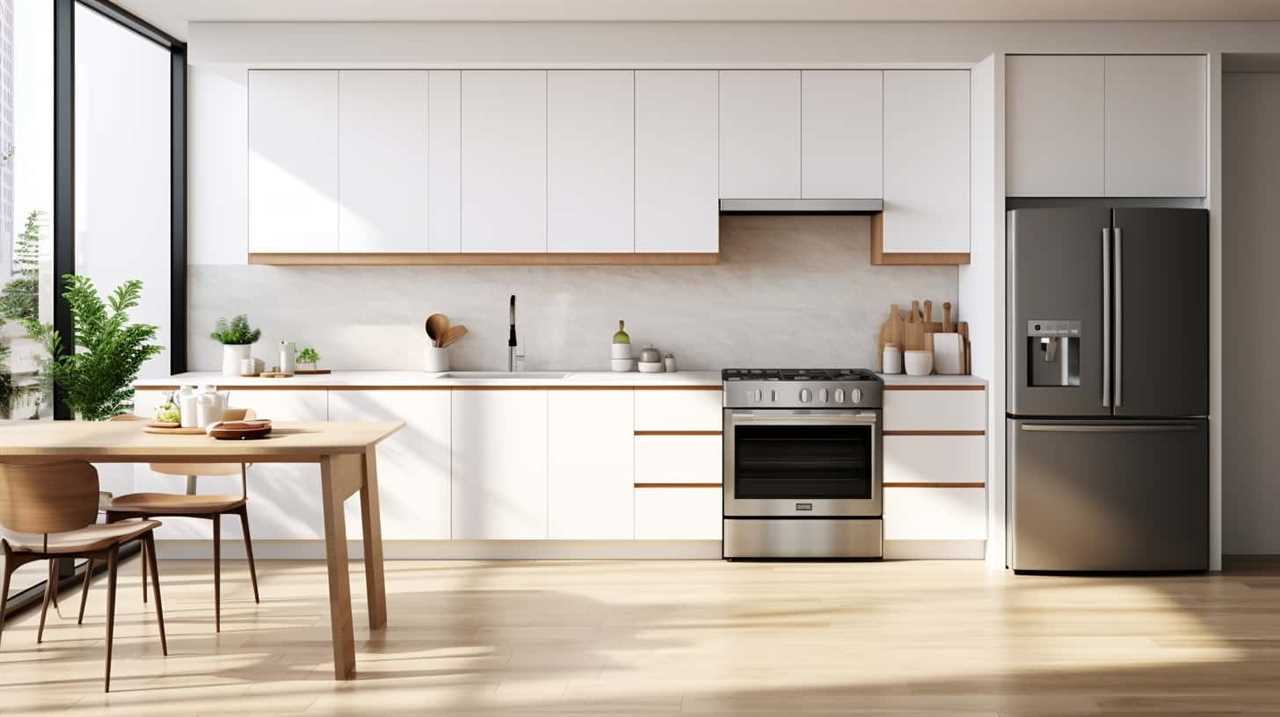
Another concern is the potential impact on the respiratory system. Oral appliances work by repositioning the jaw and tongue to keep the airway open during sleep. However, long-term use may lead to muscle weakness or atrophy in the tongue and other related muscles, which could affect breathing and swallowing.
Additionally, some individuals may experience discomfort or soreness in the jaw, facial muscles, or teeth due to the pressure exerted by the oral appliance.
It is crucial for individuals using oral appliances for sleep apnea to work closely with their healthcare providers to monitor any potential long-term health risks and address them promptly. Regular dental check-ups and assessments of the airway function are recommended to ensure the overall health and well-being of individuals utilizing oral appliances for sleep apnea.
Alternative Treatment Options
Alternative treatment options for sleep apnea are often sought by individuals who cannot tolerate or do not wish to use continuous positive airway pressure (CPAP) therapy. While these alternatives may provide some relief, it is important to consider the potential side effects and risks associated with them.
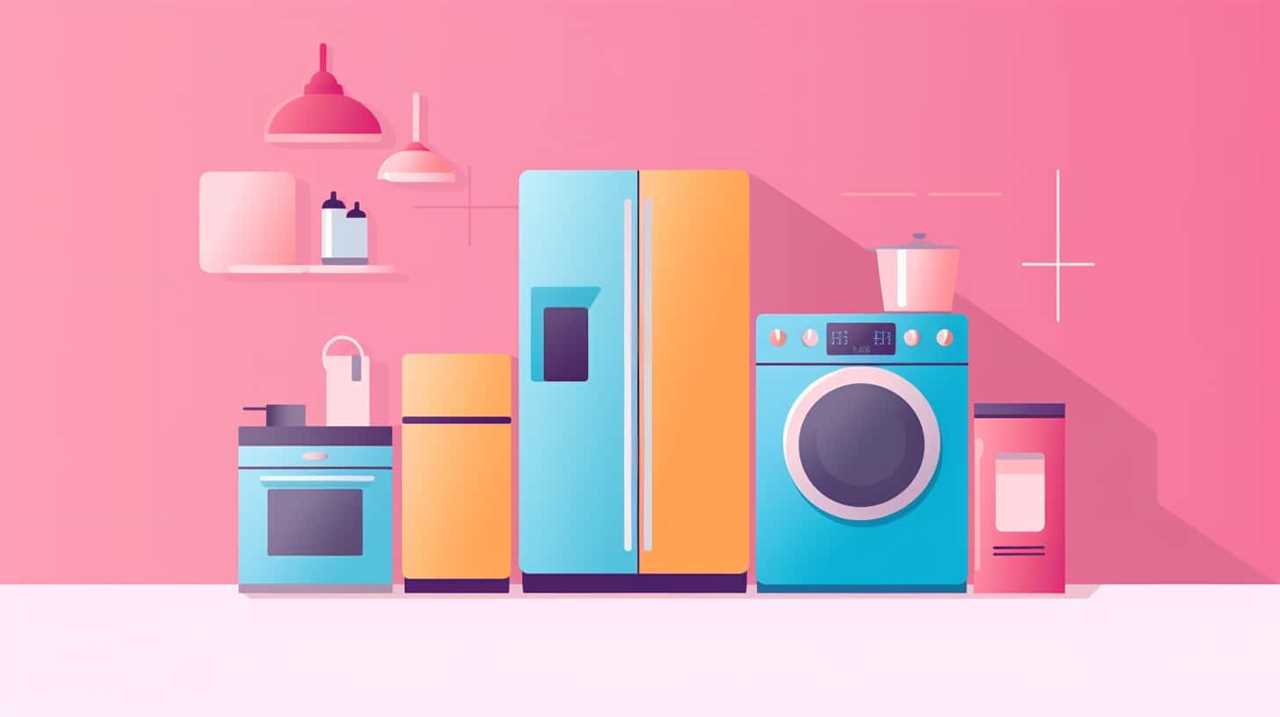
- Oral appliances: These devices are designed to reposition the jaw and tongue to keep the airway open during sleep. However, they can cause jaw discomfort, tooth movement, and changes in bite alignment.
- Surgery: Surgical procedures may be recommended for severe cases of sleep apnea. Risks associated with surgery include bleeding, infection, scarring, and potential complications from anesthesia.
- Positional therapy: This involves using special devices or techniques to keep the body in a specific position during sleep. Side effects may include discomfort, restricted movement, and difficulty finding a comfortable position.
- Lifestyle modifications: Adopting healthy lifestyle habits such as weight loss, regular exercise, and avoiding alcohol and sedatives can help manage sleep apnea. However, long-term success may vary, and it is important to address underlying causes and risk factors.
It is crucial to consult with a healthcare professional to weigh the potential benefits and risks of alternative treatment options for sleep apnea, as well as to discuss individualized treatment plans to ensure long-term health and well-being.
Considerations for Choosing the Right Oral Appliance
When selecting the appropriate oral appliance for sleep apnea, it is essential to carefully consider various factors. One important consideration is whether to choose a custom-made appliance or an over-the-counter option.
Custom-made appliances are designed specifically for the individual’s mouth, ensuring a better fit and comfort. They are typically more effective in treating sleep apnea and reducing symptoms.
On the other hand, over-the-counter options may be more affordable and readily available, but they often lack the same level of customization and may not provide optimal results.

Additionally, cost and insurance coverage are crucial considerations. Custom-made appliances tend to be more expensive, but some insurance plans may cover a portion of the cost. It is important to check with the insurance provider to understand the extent of coverage and potential out-of-pocket expenses.
Transitioning to the next section, we will now explore the topic of cost and insurance coverage in more detail.
Cost and Insurance Coverage
Considering the cost and insurance coverage is an important aspect when selecting the appropriate oral appliance for sleep apnea. The cost of oral appliances can vary depending on several factors such as the type of device, the materials used, and the complexity of the case. It is essential to compare the cost of different appliances to find the best value for money.
Insurance coverage plays a significant role in reducing the financial burden of oral appliances. Many insurance companies provide reimbursement for the cost of oral appliances used for sleep apnea treatment. However, the level of coverage can vary, so it is crucial to check with your insurance provider regarding their reimbursement policies. It is also essential to understand the insurance requirements and documentation needed for reimbursement.

To navigate the cost and insurance coverage aspect effectively, here are some key points to consider:
- Research and compare the cost of different oral appliances.
- Check your insurance policy to understand the coverage for oral appliances.
- Consult with your dentist or healthcare provider to ensure you meet the insurance requirements.
- Keep track of all documentation and required paperwork for insurance reimbursement.
Maintenance and Care of Oral Appliances
When it comes to the maintenance and care of oral appliances for sleep apnea, there are several important points to consider.
Firstly, regular cleaning of the oral appliance is crucial to prevent the buildup of bacteria and ensure its effectiveness.
Secondly, proper storage techniques should be followed to protect the appliance from damage and contamination.

Lastly, it is important to replace worn-out parts of the oral appliance to maintain its functionality and ensure optimal treatment outcomes.
Cleaning Oral Appliances
The proper maintenance and care of oral appliances is essential for ensuring their longevity and effectiveness in treating sleep apnea. In order to keep your oral appliance clean and hygienic, it is important to follow the recommended cleaning techniques and use appropriate products. Here are four key points to consider:
- Regular cleaning: Clean your oral appliance daily using a soft toothbrush and mild soap or denture cleaner. This will help remove any debris or bacteria that may have accumulated.
- Avoid harsh chemicals: Avoid using abrasive cleaners, bleach, or alcohol-based solutions, as they can damage the appliance.
- Rinse thoroughly: After cleaning, rinse the oral appliance thoroughly with water to remove any residue from the cleaning products.
- Regular check-ups: Schedule regular check-ups with your dentist or sleep specialist to ensure that your oral appliance is in good condition and functioning properly.
By following these cleaning techniques and using recommended products, you can maintain the hygiene and effectiveness of your oral appliance.
Now, let’s move on to discussing proper storage techniques for oral appliances.

Proper Storage Techniques
Proper storage is crucial for maintaining the longevity and functionality of oral appliances used to treat sleep apnea. When not in use, these appliances should be stored in a clean and dry environment to prevent damage and ensure their effectiveness. Here are some storage techniques and maintenance tips to follow:
- Cleanliness: Before storing the oral appliance, make sure it is thoroughly cleaned to remove any bacteria or debris.
- Dryness: Ensure the appliance is completely dry before storing it. Moisture can promote bacterial growth and cause damage to the appliance.
- Protective Case: Store the oral appliance in a protective case to prevent it from being damaged or contaminated. This will also help to keep it safe from accidental drops or falls.
Replacing Worn-Out Parts
To ensure the longevity and effectiveness of oral appliances used to treat sleep apnea, proper maintenance and care, including replacing worn-out parts, is essential. Regular maintenance not only extends the lifespan of the appliance but also ensures optimal performance in treating sleep apnea. Here are the key benefits of regular maintenance and the effectiveness of replacement parts:
- Improved Performance: Regularly replacing worn-out parts such as straps, connectors, and clasps ensures that the oral appliance continues to function effectively, providing the necessary support and alignment for the jaw and airway.
- Enhanced Comfort: Worn-out parts can cause discomfort and irritation in the mouth. By replacing these parts, individuals experience increased comfort, allowing for better adherence to therapy.
- Reduced Risk of Complications: Regular maintenance minimizes the risk of complications such as device breakage or malfunction, ensuring uninterrupted treatment and preventing potential health issues.
- Increased Longevity: By replacing worn-out parts promptly, the lifespan of the oral appliance is prolonged, reducing the need for premature replacement and saving costs in the long run.
Regular maintenance and timely replacement of worn-out parts are crucial for maintaining the effectiveness and longevity of oral appliances used in the treatment of sleep apnea.
Success Stories and Patient Testimonials
Numerous patients have reported significant improvements in their sleep apnea symptoms after using oral appliances. These success stories and patient testimonials provide valuable insight into the effectiveness of these devices in managing sleep apnea. To showcase the positive outcomes experienced by individuals, the following table presents a summary of select testimonials from patients who have used oral appliances:

| Patient | Age | Testimonial |
|---|---|---|
| John | 45 | "Using an oral appliance has transformed my sleep. I wake up feeling refreshed and no longer snore." |
| Sarah | 37 | "After struggling with CPAP, the oral appliance provided me with a comfortable and effective alternative." |
| Robert | 52 | "My sleep apnea symptoms have significantly reduced, thanks to the oral appliance. It’s a game-changer!" |
| Emily | 29 | "I was skeptical at first, but the oral appliance has greatly improved my sleep quality and energy levels." |
| Michael | 63 | "I can finally sleep through the night without interruptions. The oral appliance has been a lifesaver." |
These testimonials highlight the positive impact of oral appliances in managing sleep apnea and improving overall sleep quality. It is important to note that individual experiences may vary, and consulting with a healthcare professional is essential for personalized treatment recommendations.
Frequently Asked Questions
How Long Does It Take to Get Used to Wearing an Oral Appliance for Sleep Apnea?
The duration of adjustment to wearing an oral appliance for sleep apnea varies from person to person. However, there are several tips that can help individuals adapt to wearing the appliance more comfortably and effectively.
Can I Use an Oral Appliance if I Have Dentures?
Using an oral appliance with dentures can be challenging due to potential discomfort and fit issues. While some individuals may find success, it is important to consider the pros and cons, consult with a dentist or sleep specialist, and explore alternative treatment options if necessary.
Are Oral Appliances Suitable for Children With Sleep Apnea?
When considering the suitability of oral appliances for children with sleep apnea, it is important to compare their effectiveness against other treatment options. Research has shown promising results in the use of oral appliances in this population, but further studies are needed for a comprehensive evaluation.
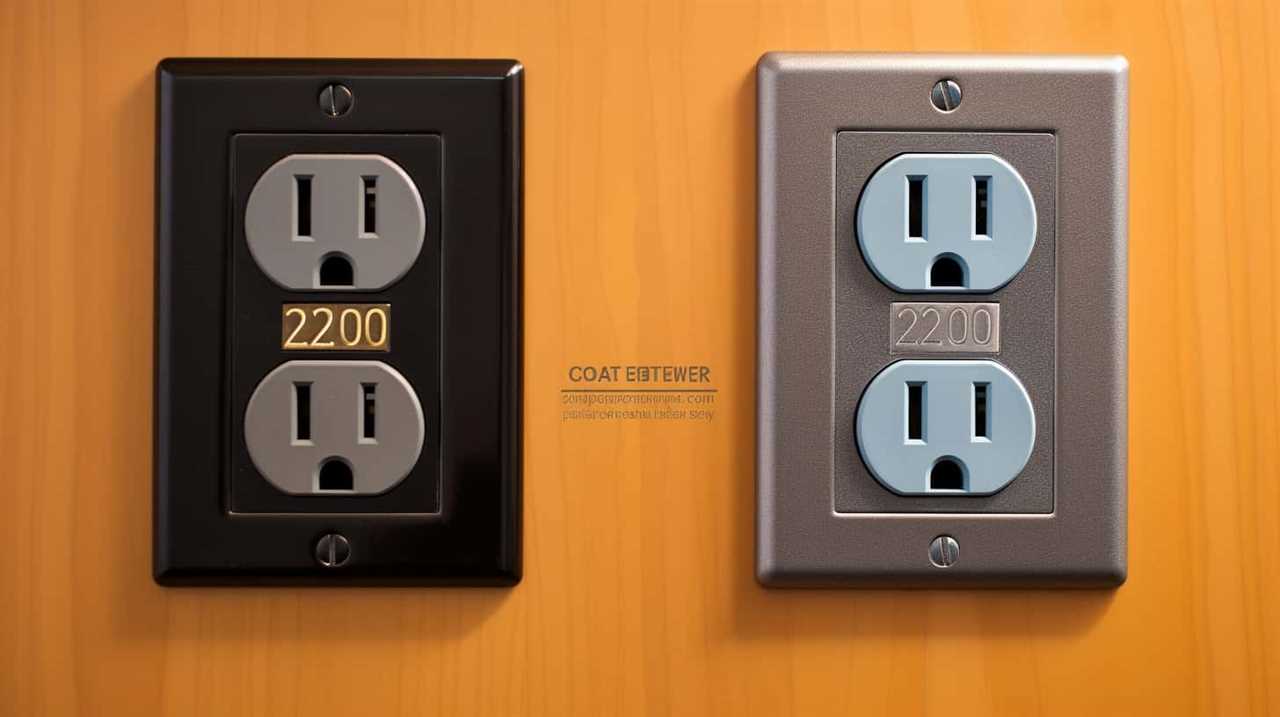
Can I Wear an Oral Appliance if I Have Temporomandibular Joint Disorder (Tmj)?
An oral appliance can be worn by individuals with temporomandibular joint disorder (TMJ) to treat sleep apnea. While some patients may experience discomfort, the effectiveness of oral appliances for TMJ patients outweighs the potential alternatives.
Are There Any Studies Comparing the Long-Term Effectiveness of Different Types of Oral Appliances for Sleep Apnea?
Long-term effectiveness comparisons of different types of oral appliances for sleep apnea have been studied. Research has focused on evaluating the efficacy of various oral appliance types in managing sleep apnea symptoms over extended periods, providing valuable insights for informed decision-making.
Conclusion
In conclusion, when selecting an oral appliance for sleep apnea, it is important to consider factors such as the type of device, cost, insurance coverage, and maintenance requirements.
Mandibular advancement devices, tongue retaining devices, palatal lifting devices, and combination oral appliances are all viable options.
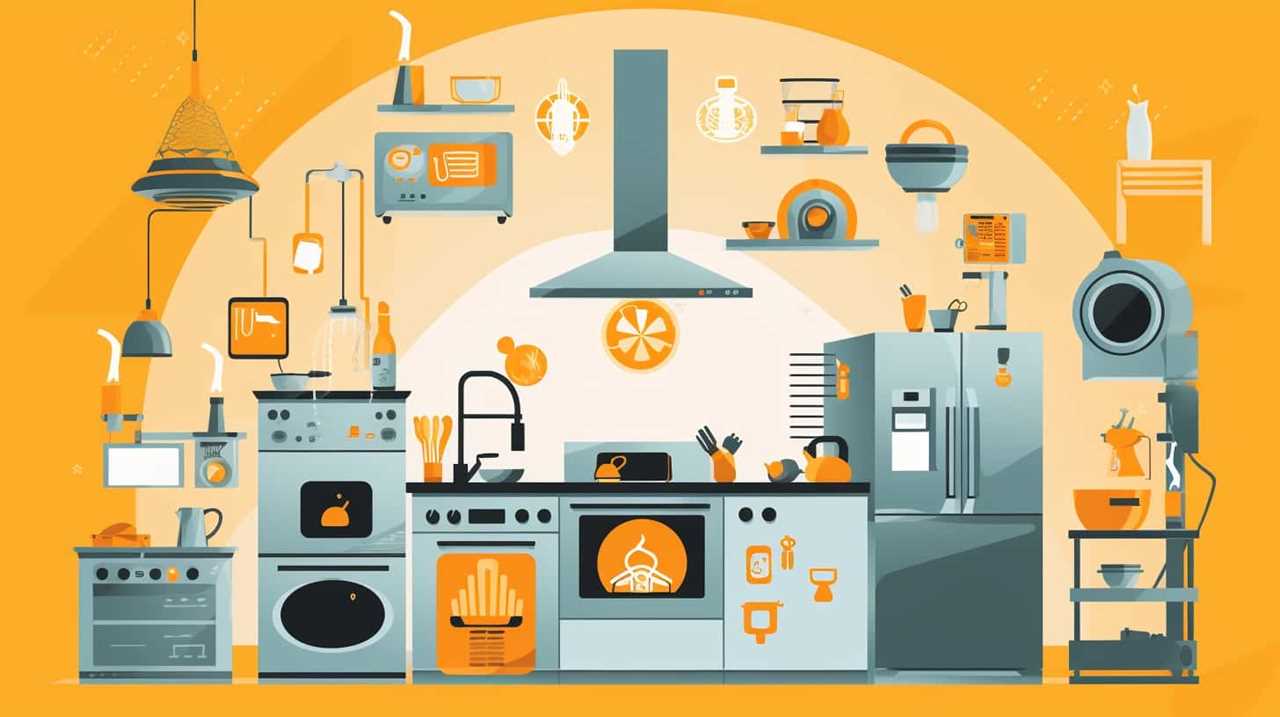
It is recommended to consult with a healthcare professional to determine the most suitable appliance based on individual needs.
Remember, finding the right oral appliance can be a key step towards improving sleep quality and overall well-being.
‘Choose the device that unlocks peaceful slumber and bids farewell to sleep apnea’s grasp.’

